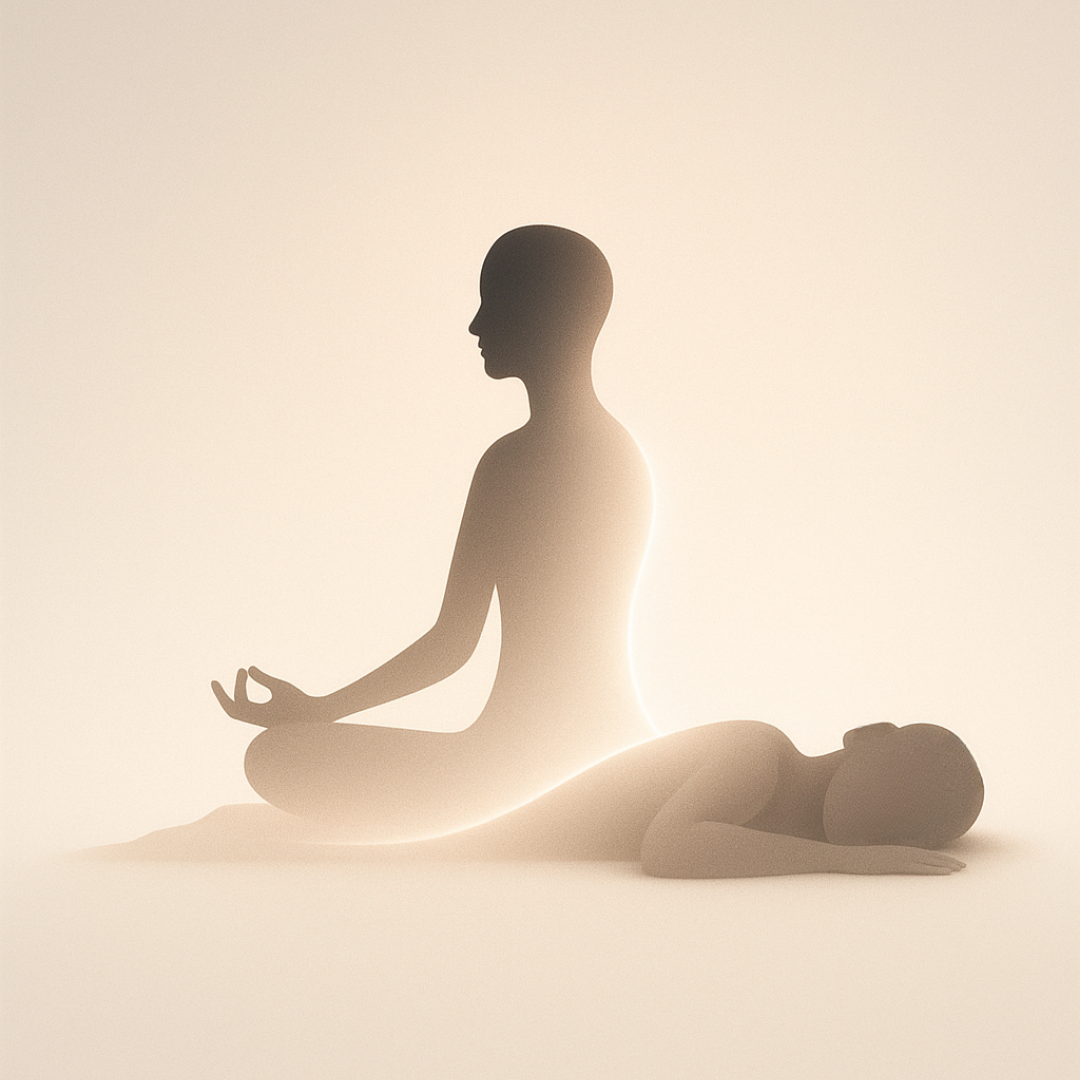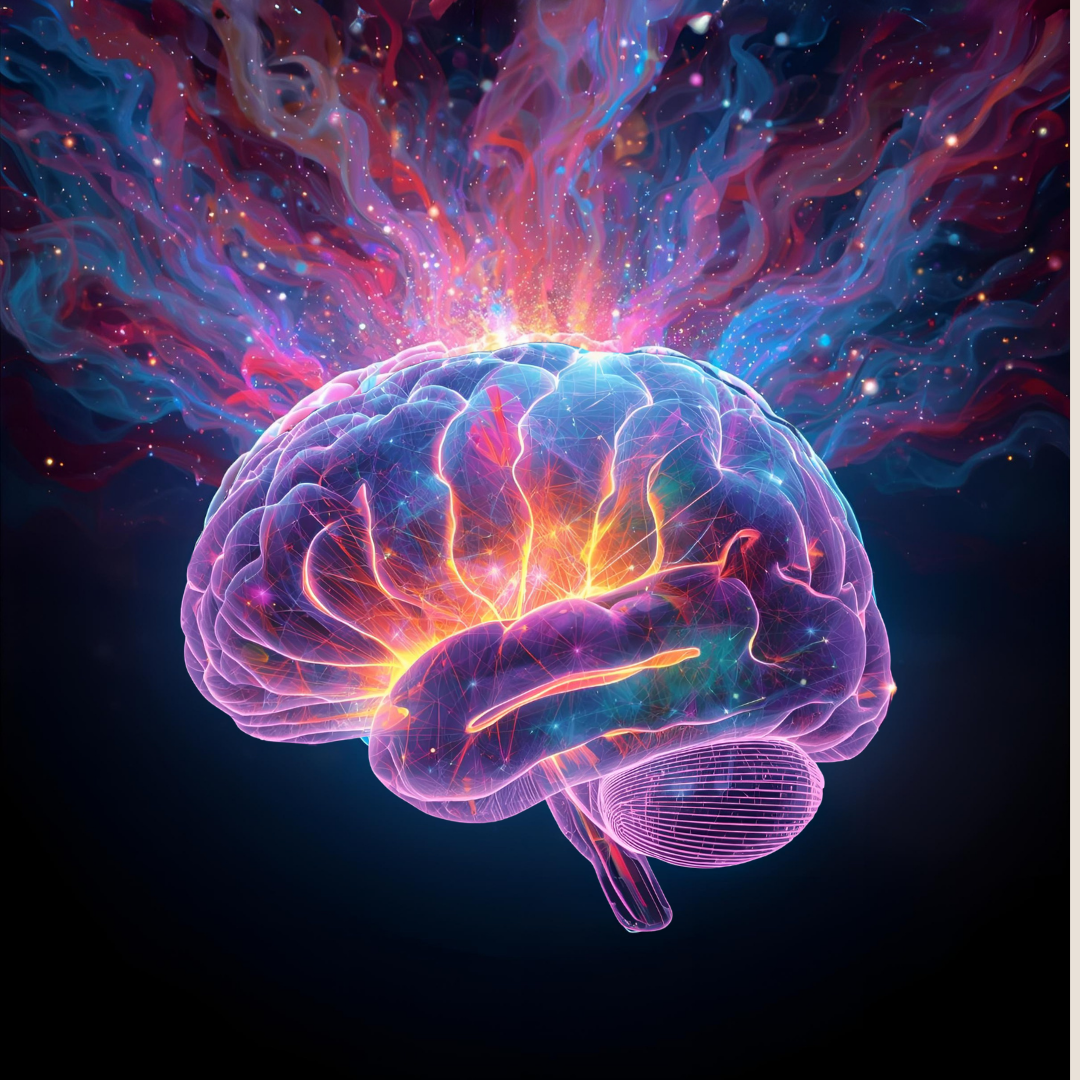Which Exercise Helps Sleep Most? Science Says Yoga

Tossing and turning at night? Exercise is often recommended for better sleep, but here’s the surprise: not all workouts help equally.
A new meta-analysis of 30 clinical trials, covering more than 2,500 people with sleep issues, has found that one form of exercise consistently rose above the rest when it came to improving sleep quality: high-intensity yoga.
High-intensity yoga for 30 minutes, twice a week emerged as the strongest exercise remedy for poor sleep.
It doesn’t require daily effort, just a couple of short, consistent sessions. And within 8 to 10 weeks, participants were already reporting deeper, more restorative rest.
Why Yoga Works for Sleep
Unlike walking or lifting, yoga blends movement with breath and focus. That combination seems to calm the nervous system.
Yoga combines movement with mindfulness — helping both body and brain prepare for rest.
Scientists think the benefits may come from:
- Breath control: activating the parasympathetic “rest and digest” system.
- Brainwave shifts: nudging the brain into patterns linked to deeper sleep.
- Mind–body synergy: working muscles while quieting the mind.
It’s exercise that doesn’t just tire you out; it teaches your nervous system how to rest.
What “High-Intensity” Yoga Means
This doesn’t mean hours of headstands. High-intensity yoga usually refers to dynamic, flowing styles such as vinyasa or power yoga. These sessions raise your heart rate, build strength and flexibility, and then end with slower, restorative poses.
Timing Matters
Before you roll out a mat right before bed, a word of caution. Like any vigorous workout, high-intensity yoga can raise your heart rate and body temperature.
Try to leave at least 3 hours between exercise and going to bed to allow your body to wind down and shift into rest mode.
If you’d like to add movement to your evening routine, keep it gentle — light stretching or restorative poses can work well as part of a calming wind-down ritual.
Other Exercises
Walking came in second place, followed by resistance training. Aerobics, combination exercise, and traditional Chinese practices like tai chi also improved sleep, just to a lesser degree.
The bigger message here: movement of any kind supports better rest. Yoga may sit at the top of the leaderboard, but if it’s not your style, walking, strength training, or tai chi are still great options.
The Bottom Line
This study isn’t saying yoga is the only answer, or that science has solved insomnia.
While the evidence is strong that exercise supports better sleep, direct comparisons between exercise types are still limited, and individual results can vary. The researchers themselves warn that findings should be interpreted carefully, given the relatively small number of trials and the unique characteristics of people with sleep disturbances.
There’s no one-size-fits-all solution for sleep, yoga is just one powerful option among many.
For some, yoga may be the key; for others, walking, strength training, or tai chi may fit better. The most important step is finding a form of movement you can enjoy and stick with — because consistency is what truly makes the difference.
Source:
Li, L., An, J., Wang, D. et al. Which exercise prescription is most effective for patients with sleep disorders?: a network meta-analysis of 30 randomized controlled trials. Sleep Biol. Rhythms (2025). https://doi.org/10.1007/s41105-025-00596-7




